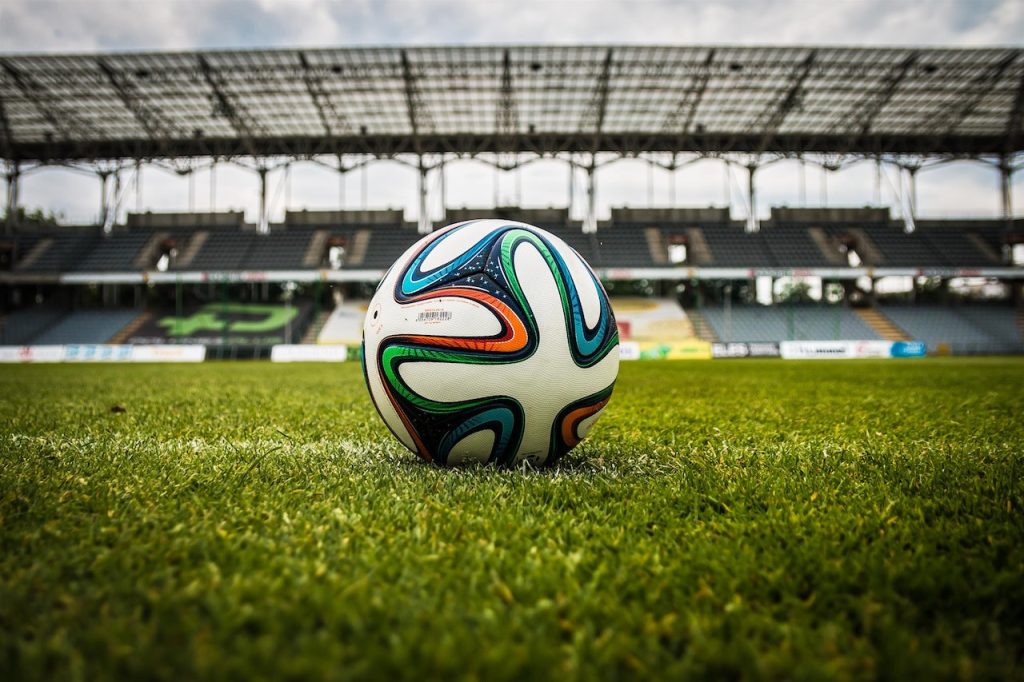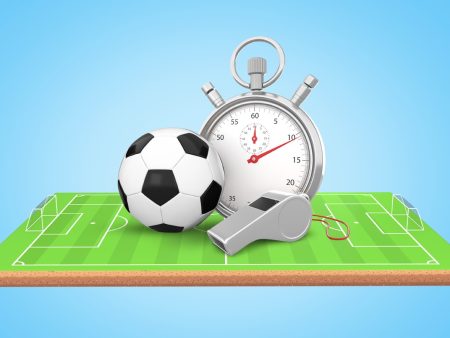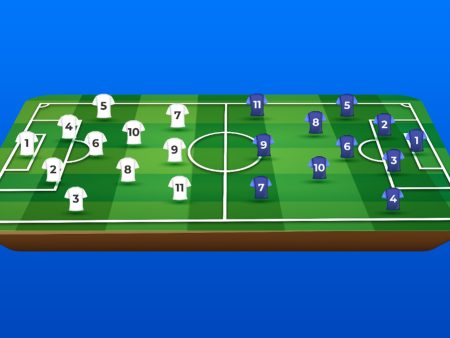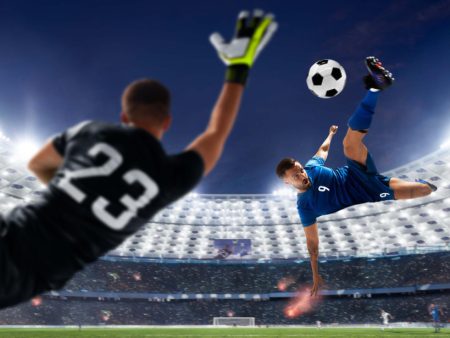
Law 11 is one of the most well-known and crucial football regulations – the offside rule. This regulation has caused several matches to end in draws. Read on below to find out more and brush up on your football regulation knowledge with our article!
The Creation Of The Offside Rule
The Football Association (FA) created the offside offence rule in 1883. It was put in place to prevent the other team’s players from staying around the goal area. Without the offside rule, teammates positioned in the opponent’s goal area may be targeted by long balls, which would take the skill and strategy out of football games.
A Brief Explanation Of The Offside Rule In Football; When Is A Player In An Offside Position?
A player is in an offside position if they are in the other team’s half of the field and far closer to their goal line than both the ball and the second opponent, according to the Football Association’s regulations.
The Football Association updated the law regarding this rule once again in 2005. According to the new regulation, being in an offside position means that any portion of one’s head, body, or feet must be closer to their opponent’s goal line than both the ball and the opponent after them. This definition does not include the arms.
The requirement that an attacking player needs to have at least three members of the opposing defence team between him and the goal to avoid being considered offside has changed over time. We shall refer to the teams and players by name for the sake of clarity. Imagine a game between Team X and Team Y.
- Player A is the Team X member making the pass.
- Player B is the member of Team X who receives the pass.
- Player C is the Team Y member closest to the opposing team’s goal (usually typically the goalie).
- The second-closest player on Team Y to the goal is Player D.
Player B cannot extend his arms or legs past Player D at any point throughout the pass, including when the ball leaves Player A’s foot or head. In other words, Player B must be placed between Players C and D and Team Y’s goal.Player B is considered to be in the offside position if he doesn’t fulfil that requirement.
Today, it’s not regarded a crime to merely be in an offside position. However, if Player B touches the ball or impedes the action from an offside position, the game is paused, and Team Y is given a free kick. A few outliers do exist, though. It is not an offence and play continues if Player B is in an offside position in his own half (Team X’s) when Player A plays the pass.
With the exception of free kicks and corner kicks, a player cannot be penalised for being offside during a throw-in.
When Is A Player Guilty Of The Offside Rule?
There are two situations in which a player is deemed to be offside:
- Any element of the player’s head, body, or feet that is not on the halfway line is in the half of the field that is being used by the other team.
- The player’s head, body, or feet are all closer to the goal line of the opposing team than the ball or the last opponent.
Simply put, the offside rule in football specifies that an offensive player who receives the ball while in the other team’s half must have at least two opponents, including the goalkeeper, between him and the opposition’s goal.
Who Is In Charge Of Enforcing The Offside Rule? Is VAR Used?
Offsides are normally signaled by the linesmen which are two referee assistants who stand on the sidelines in either half of the field and observe the play. Linesmen put up a flag in front of or above themselves to signal an offside infraction.
It is quite challenging for the linesman to signal the offside in plain sight. Usually, the Video Assistant Referee (VAR) was introduced in 2016 to check for offside in the event of a goal. VAR searches for any instances of offsides immediately after each score. If a VAR inspection identifies an offside that the linesman missed out on, the goal will not be counted.
Using the VAR system, the main referee uses video technology to verify the linesman’s call before approving it. VAR has the power to override the linesman’s judgment and award or not count the goal.
In The Offside, Does The Use Of Hands Count?
All players’ use of hands and arms, including the goalkeepers’, are not regarded as offside. Offside is determined by aligning the upper arm’s border with the bottom of the armpit.
What is Football’s “Golden Rule”?
A game ends immediately and the side that scored first is declared the winner if either team scores during extra time. The “golden goal” is the goal that wins the game.
What Are The Three Occasions In Which An Offside Call Won’t Be Made?
The three occasions are:
- A player is not permitted to be offside during a corner kick, goal kick, or throw-in.
- If the other team kicks the ball to a player when they are in an offside position, they will not be flagged for being offside.
3. A player won’t be considered offside even if they are in an offside position but don’t engage in the action.
FAQ’s
- After taking a corner kick, a member of Team A transfers the ball to a teammate who is nearby and in an offside position. The next player on Team A (who is in an onside position) receives the ball from the teammate and heads it into the goal. What is the right course of action?
– In a simple explanation, the goal is given. Because the teammate got the ball immediately from the corner kick, there was no offside offence.
- When a teammate receives a free kick, an attacker is in an offside position. After receiving the ball straight, the attacker scores. Which option is the best one?
The defence receives an indirect free kick from the referee. Playing or touching the ball that was obtained straight from the free kick while interfering with the game is an offside offence.
- A player going from an offside position obstructs an opponent’s approach to the ball. Is this an offside violation?
Yes, if it affects the opponent’s capacity to play or fight for the ball. If a player purposefully delays an opponent’s progress (by blocking them, for example), that player should be punished in accordance with Law 12.
- An offside violation results in a free kick. A player strikes the free kick right into the net of the opposition. What ruling has the referee made?
If there is an offside violation, the referee gives an indirect free kick. A goal kick is given to the opposition; an indirect free kick cannot be converted into a goal.










